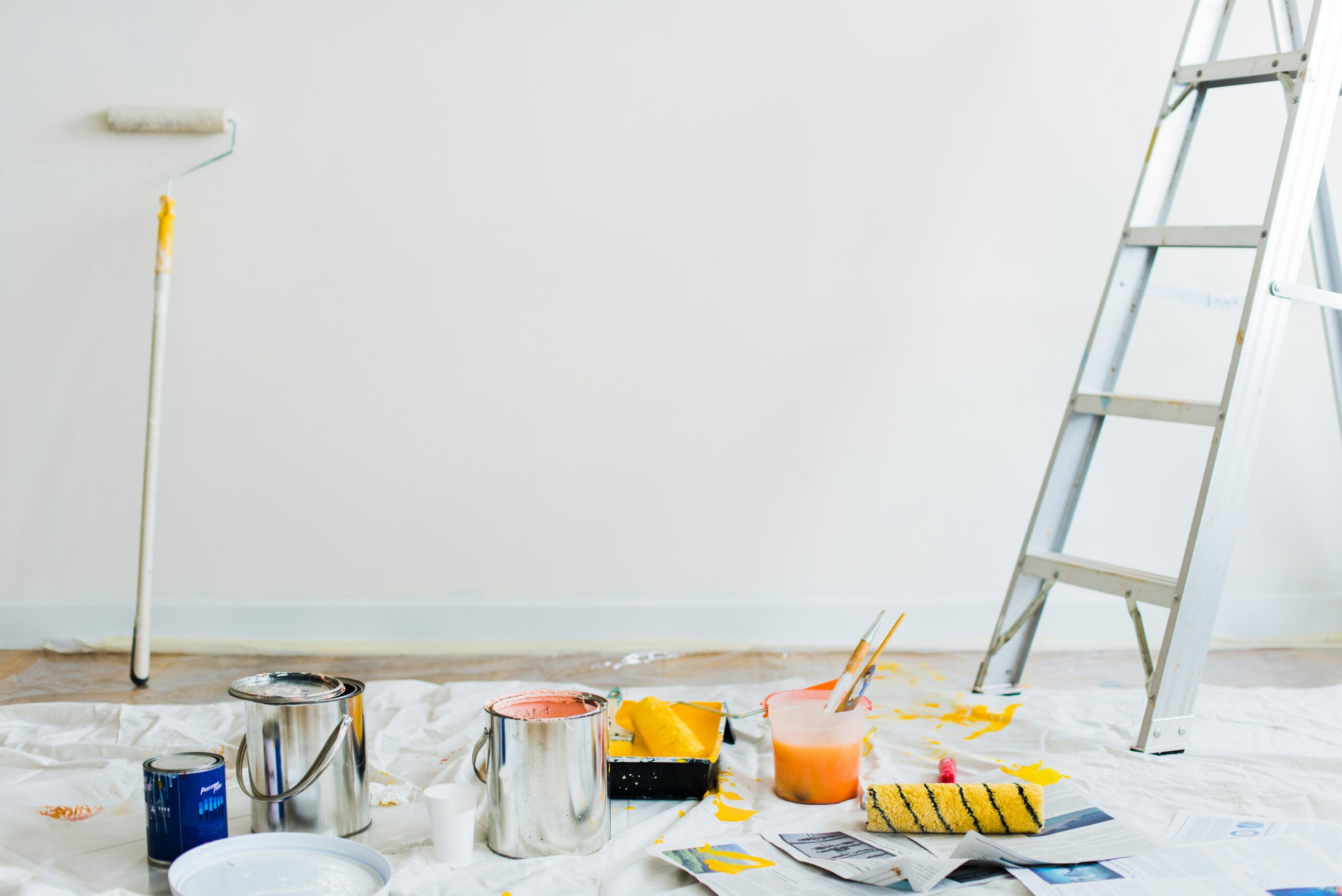
21 Nov The Dilemma Between Patient or Paint
Fifteen years ago, when I began introducing the concept of Integrated Space™ into healthcare, I witnessed, and understood, the need for medical facilities to provide the best treatment and care for the patient no matter what their issue. Budgets were structured around acquiring the latest equipment and technology to provide an even more cutting-edge approach.
Yet, hand-in-hand with that, should be budgetary considerations for providing a more integrative experience for patients—-something that could help patients feel better about themselves, experience less stress, have a better outlook, and, in turn, heal quicker. Studies have shown that patients remember their experience more than their treatment.
I was part of a hospital design team that painted their patient rooms different colors. If a patient was checking in and didn’t like the color of their room, they’d move them to another one where the color was more to their liking. If someone’s annoyed with the wall color before they’ve even gotten settled in, think about how that feeling will be magnified when they’re coming back from surgery or experiencing discomfort.
The costs are not prohibitive to provide custom colors, non-VOC paint, different colors in different rooms. “I loved the off-white wall color in my hospital room” said no one ever. They remember the efforts to create a special space. They remember the handmade quilts, the view out the window, the ability to see who was coming through the door, the specially chosen artwork, not to mention the color on the walls.
In an article published by Healthcare Design Magazine entitled Five Need-to-Know Trends Shaping Healthcare Design, the first three trends address the happy place issue: residential warmth, personalized patient rooms, and perfect proportions (addressing the issue of expanding the room to accommodate larger groups of family members). It seems patients want a positive experience in their space just as much as they want good health care. (The last two of the five trends were infection control and bariatric care.)
In a 2015 seminar in Finland entitled Architecture and Empathy, Juhani Pallasmaa, Finnish architect and former professor of architecture and Dean at the Helsinki University of Technology, put forth this succinct statement:
“. . . science has established that environments change our brains,
and those changes, in turn, alter our behavior.”
And, I might add, that behavior can be one of healing.
As healthcare is examining all aspects of its care, my hope is that the paint color and the whole environment becomes just as important as the medical treatment. Then the healing can begin in an integrative way.
